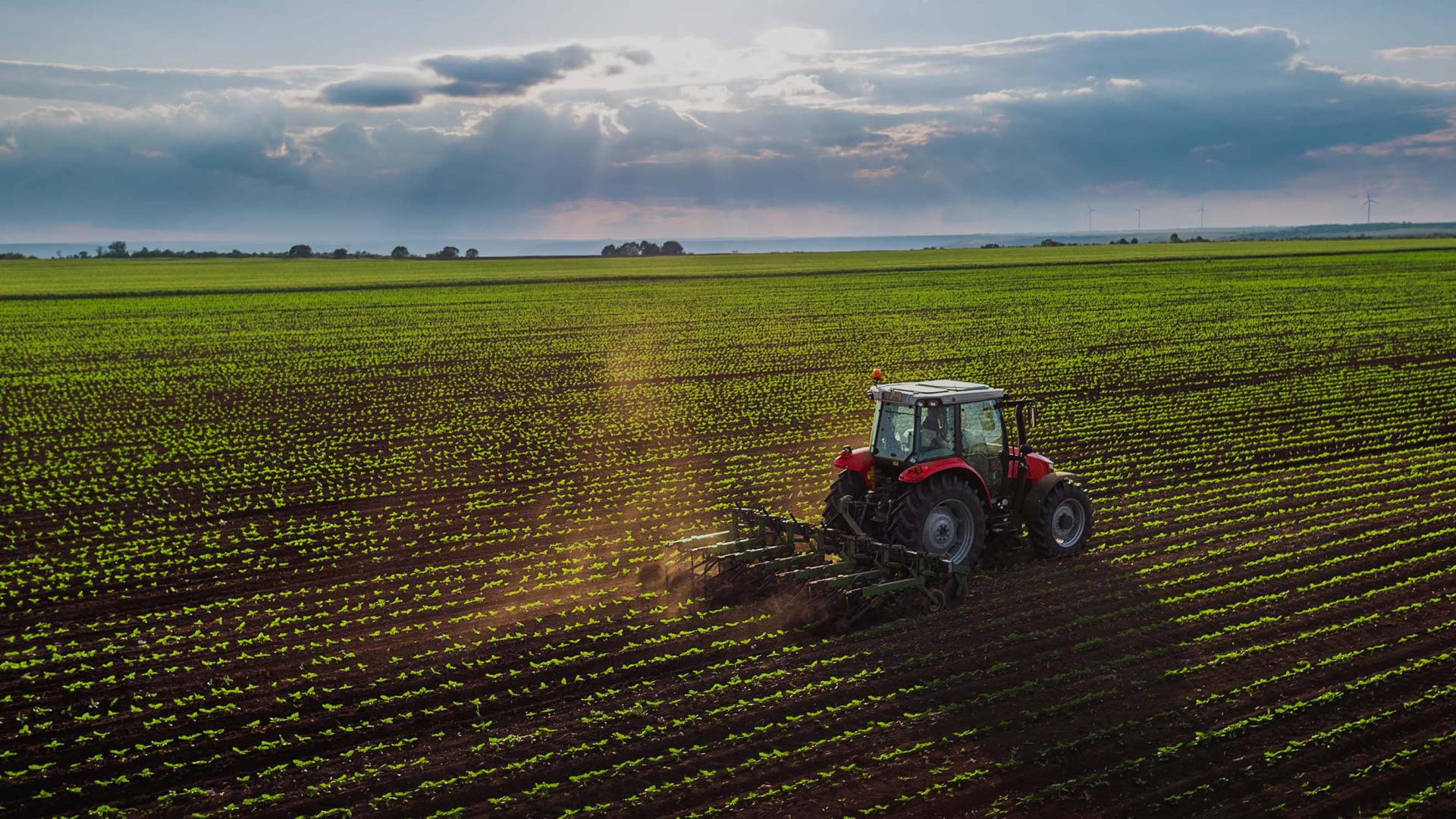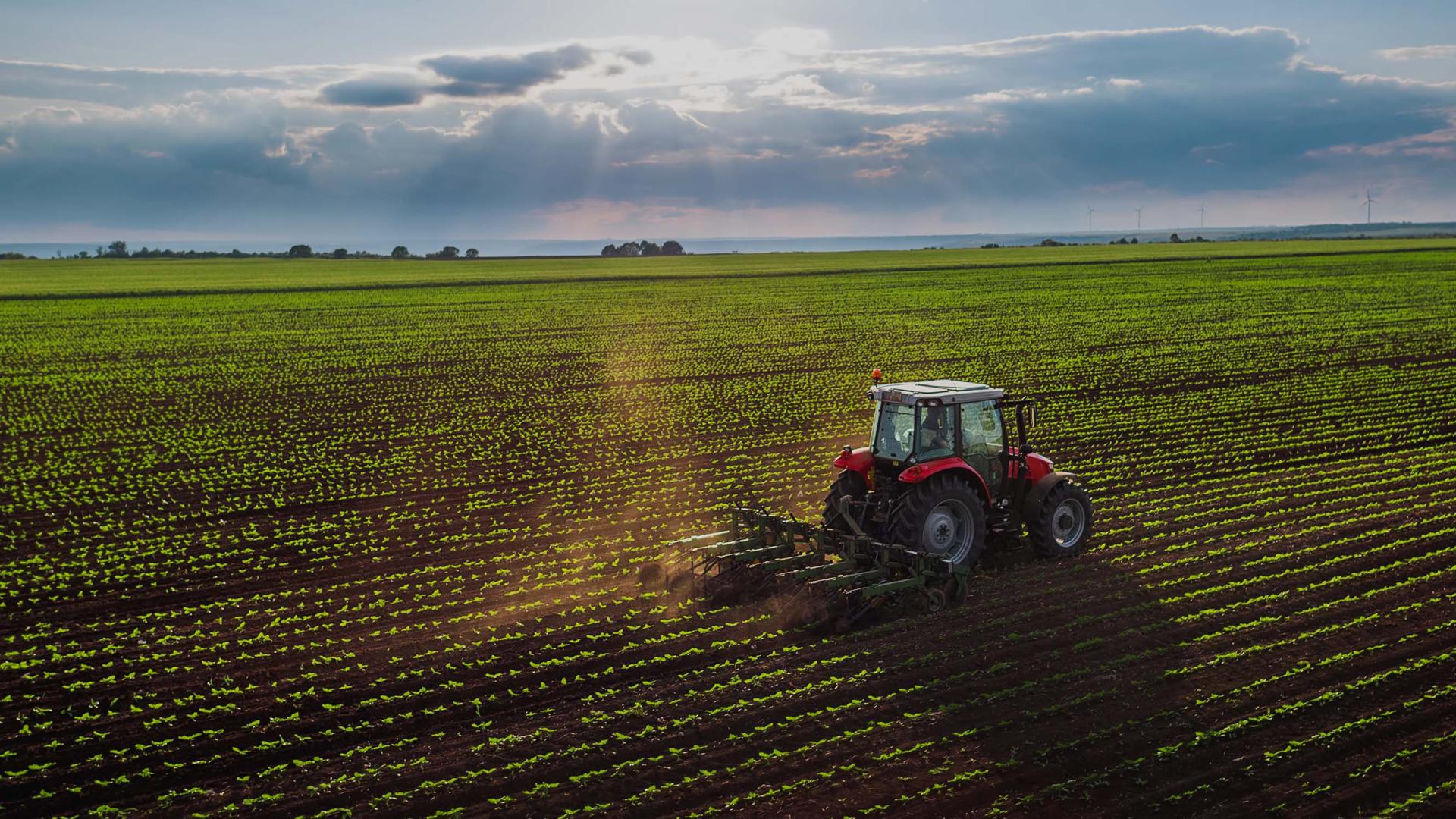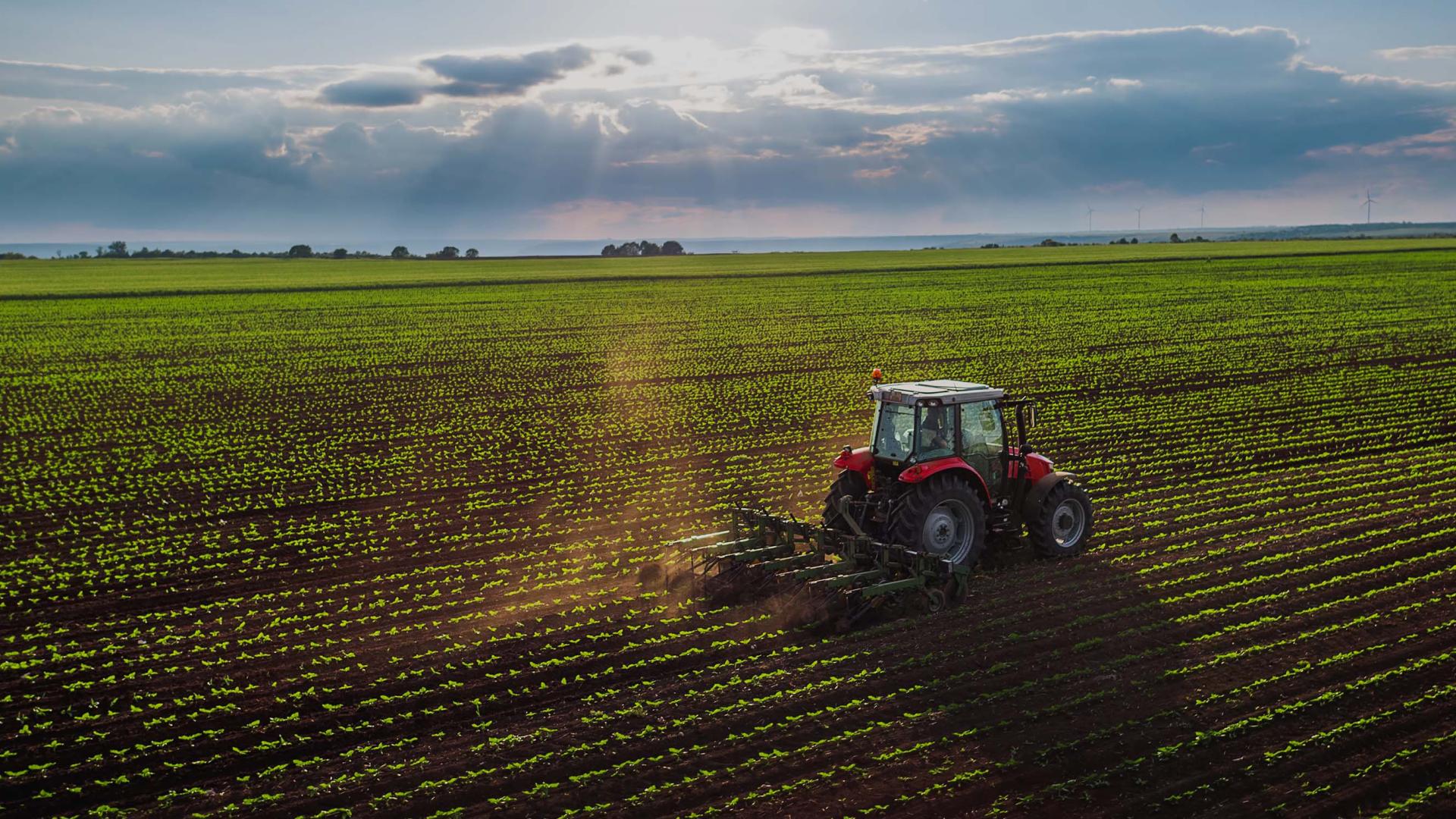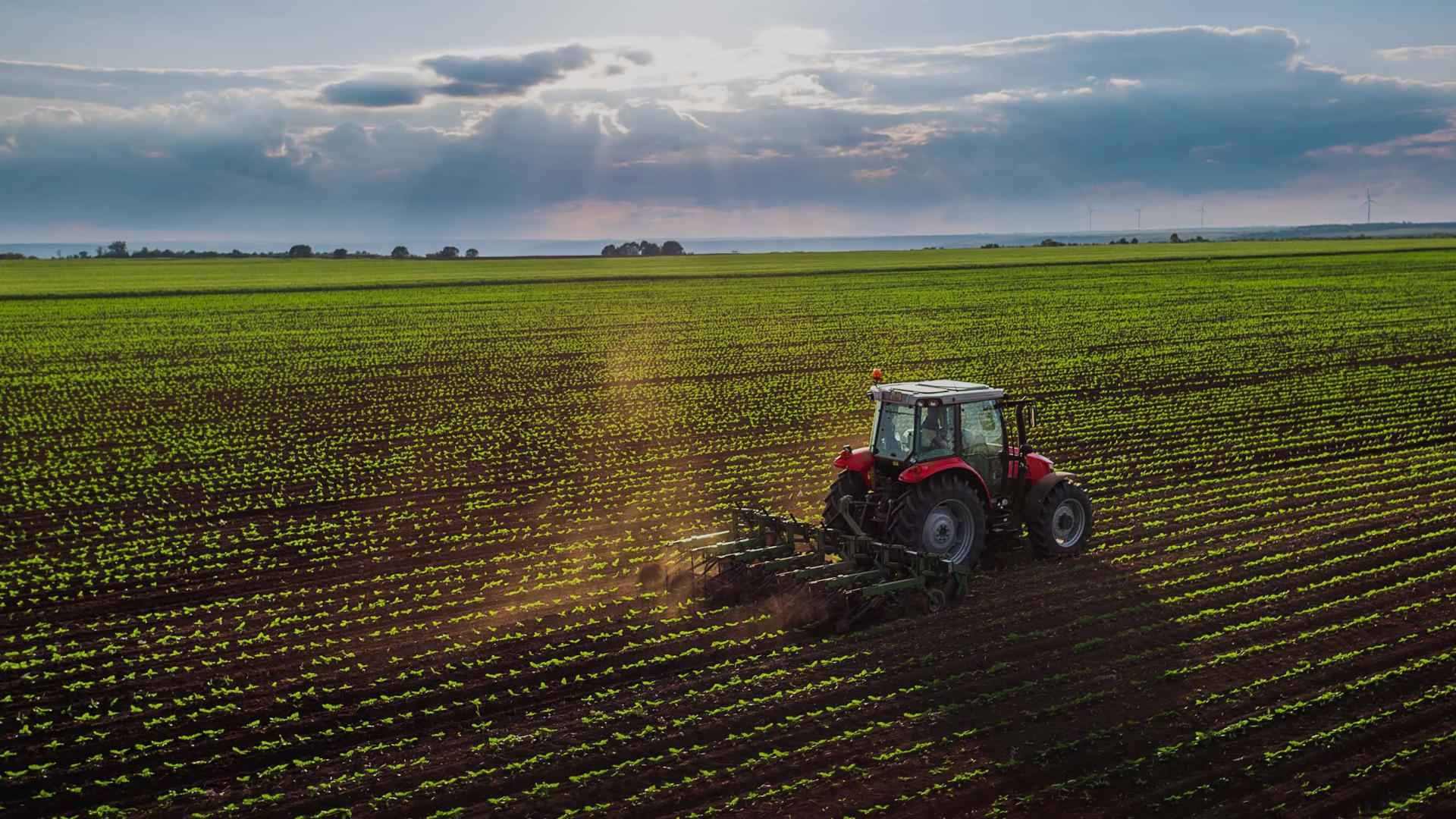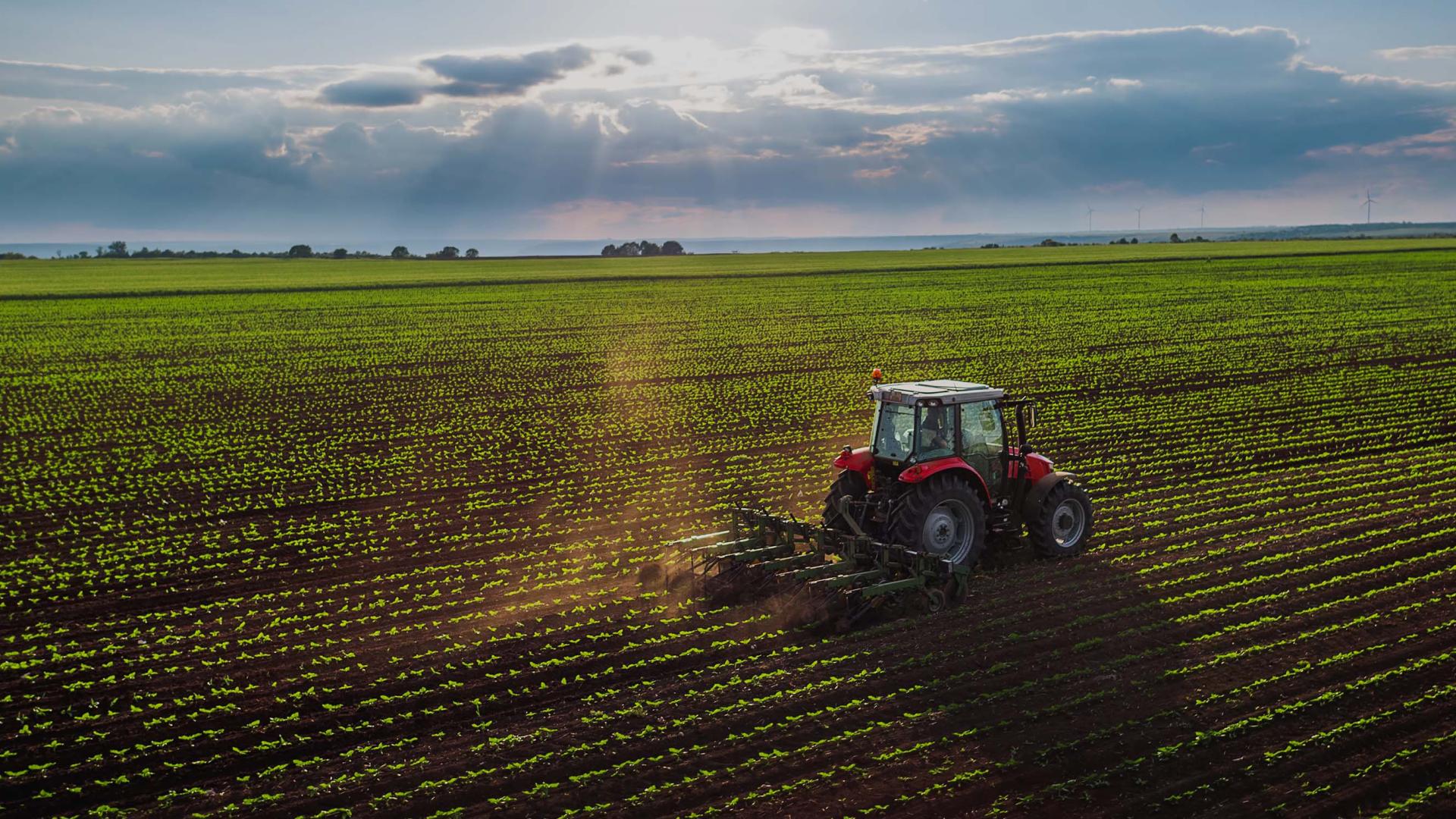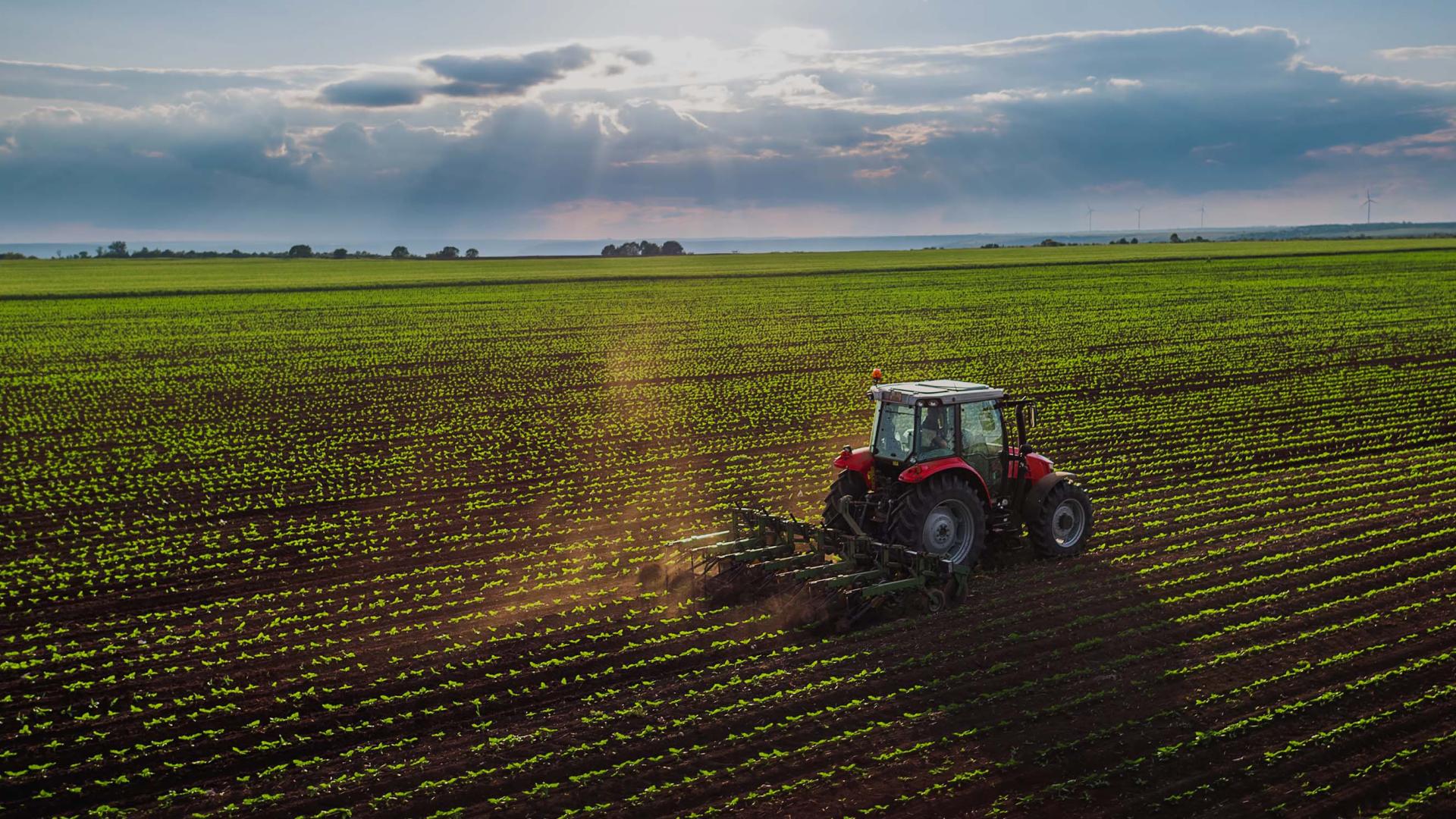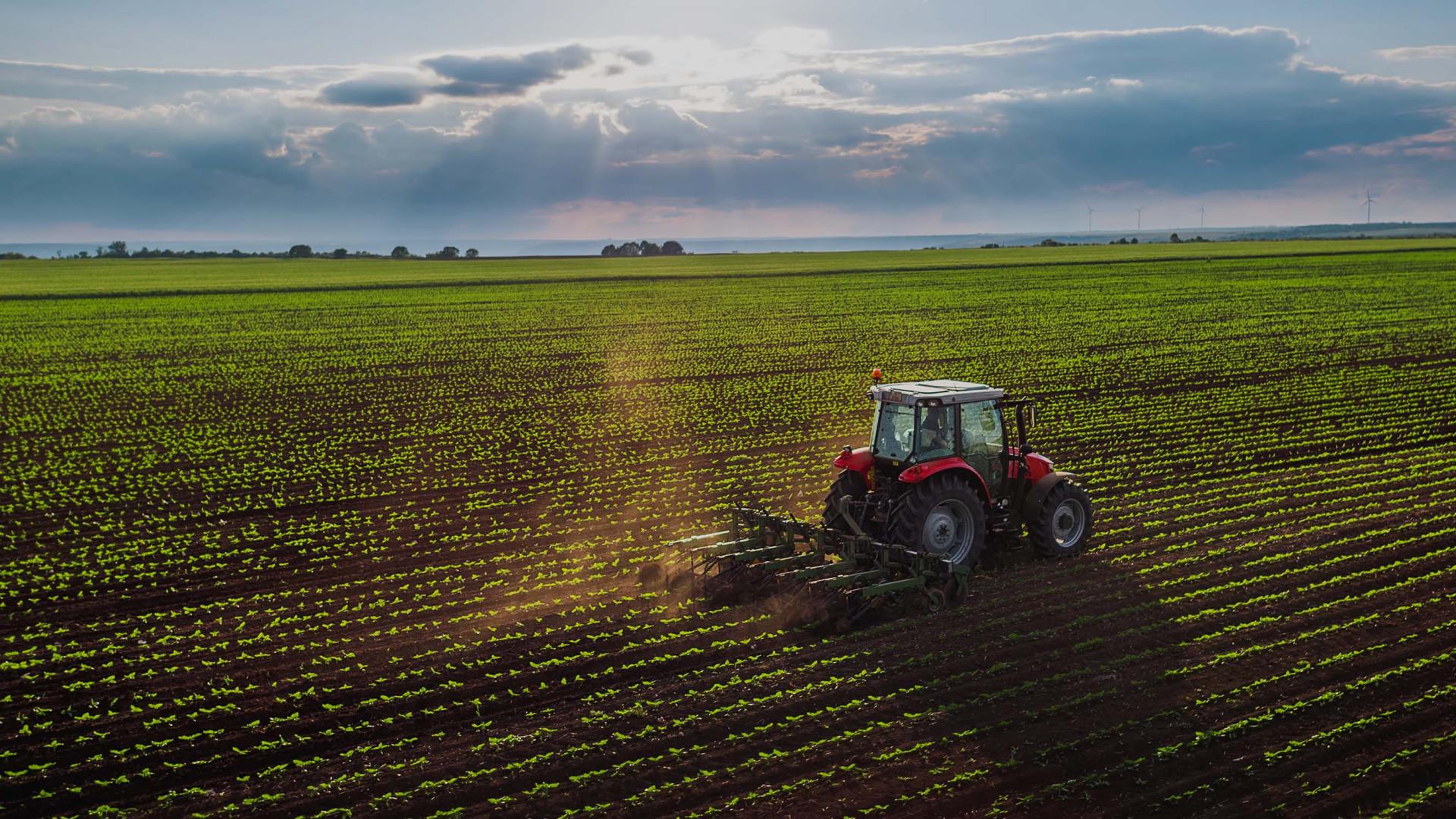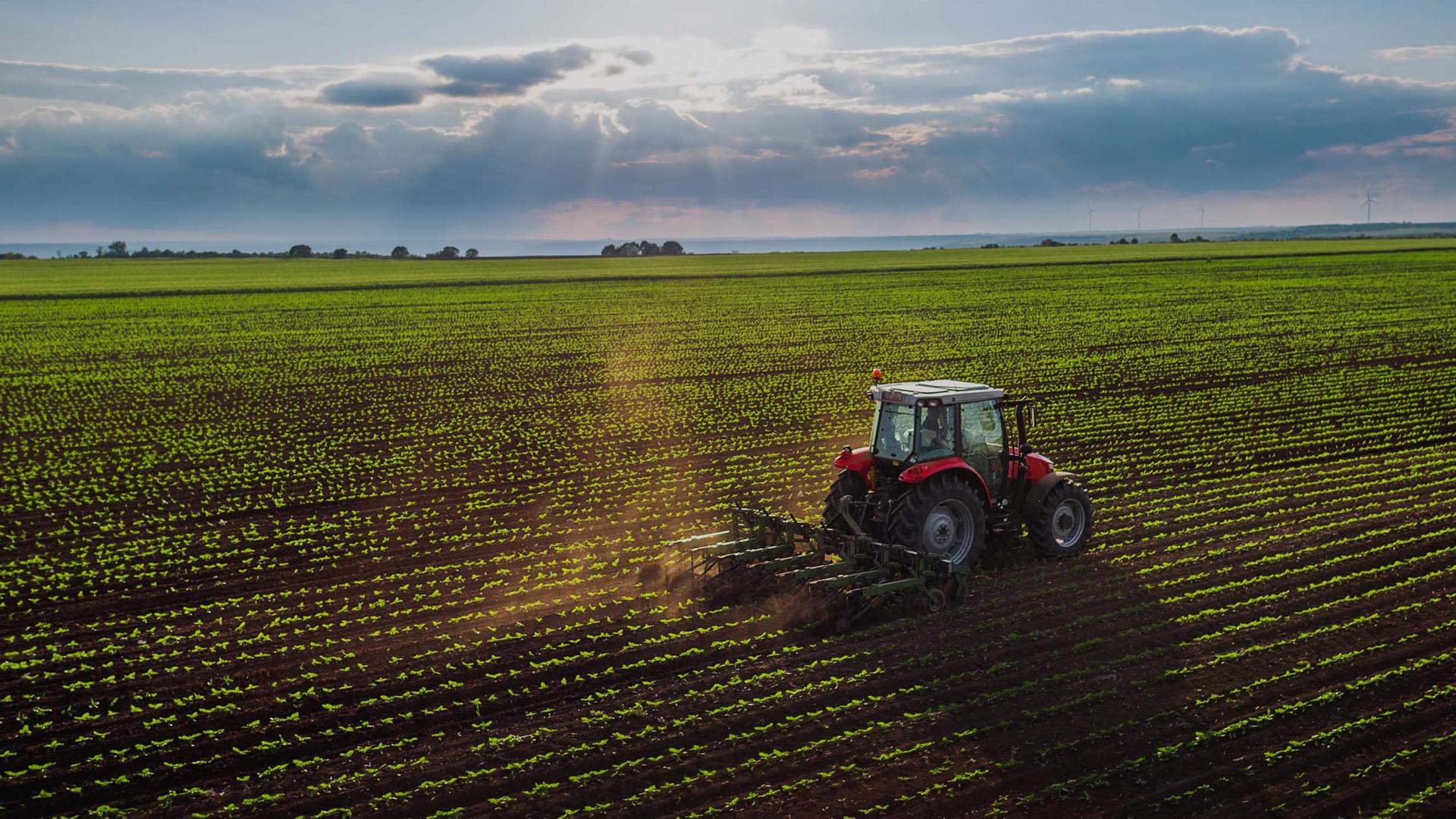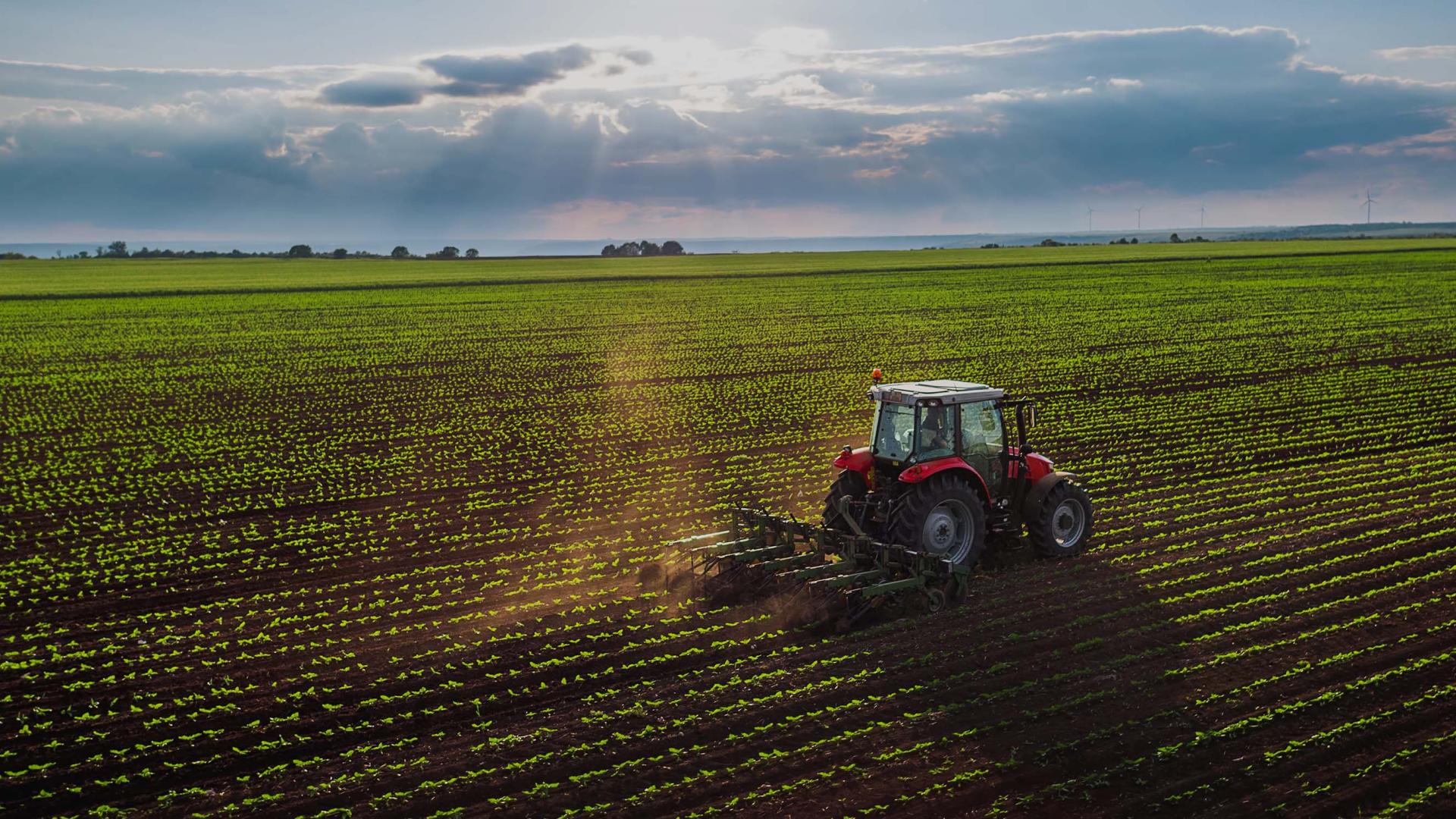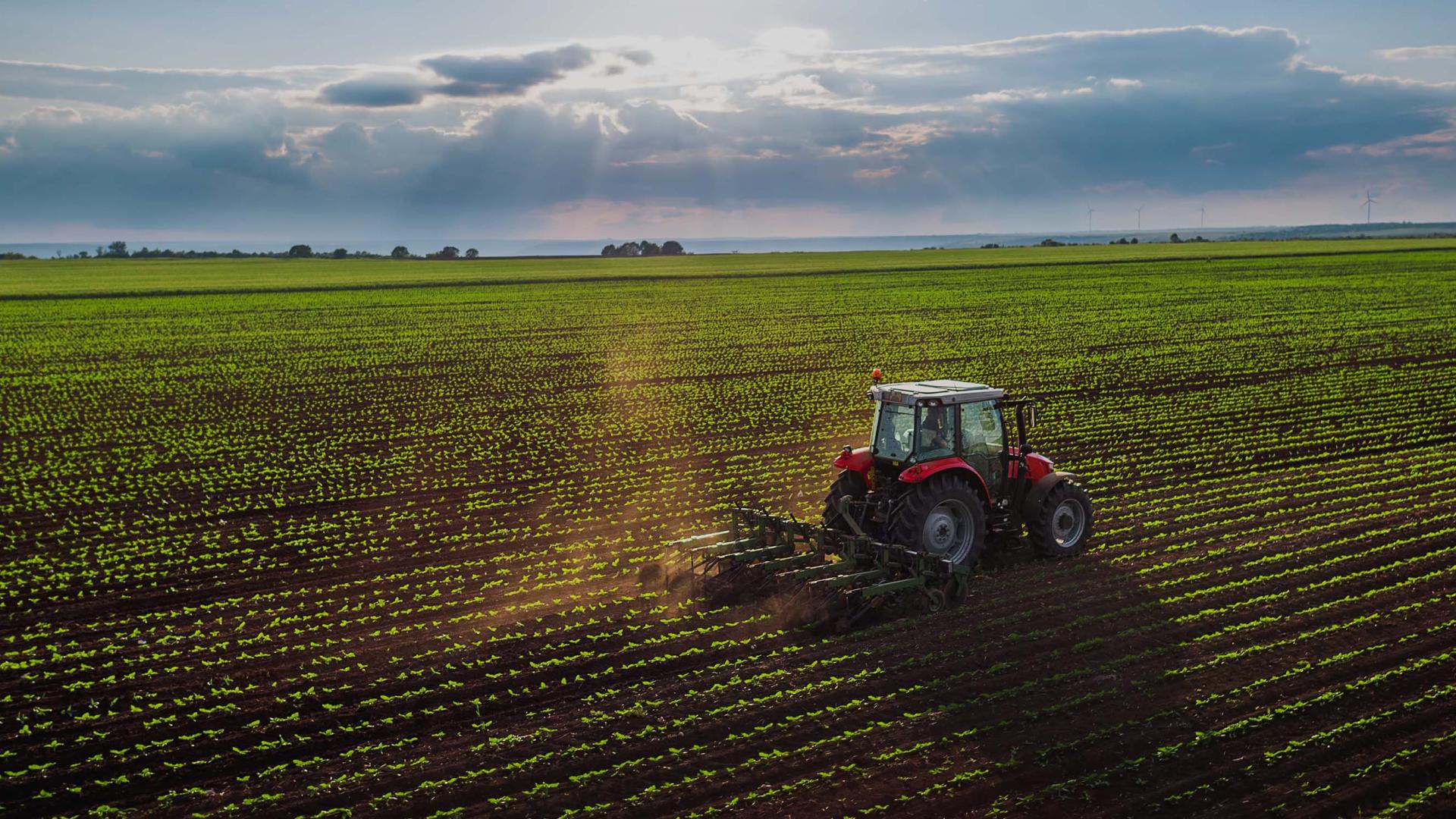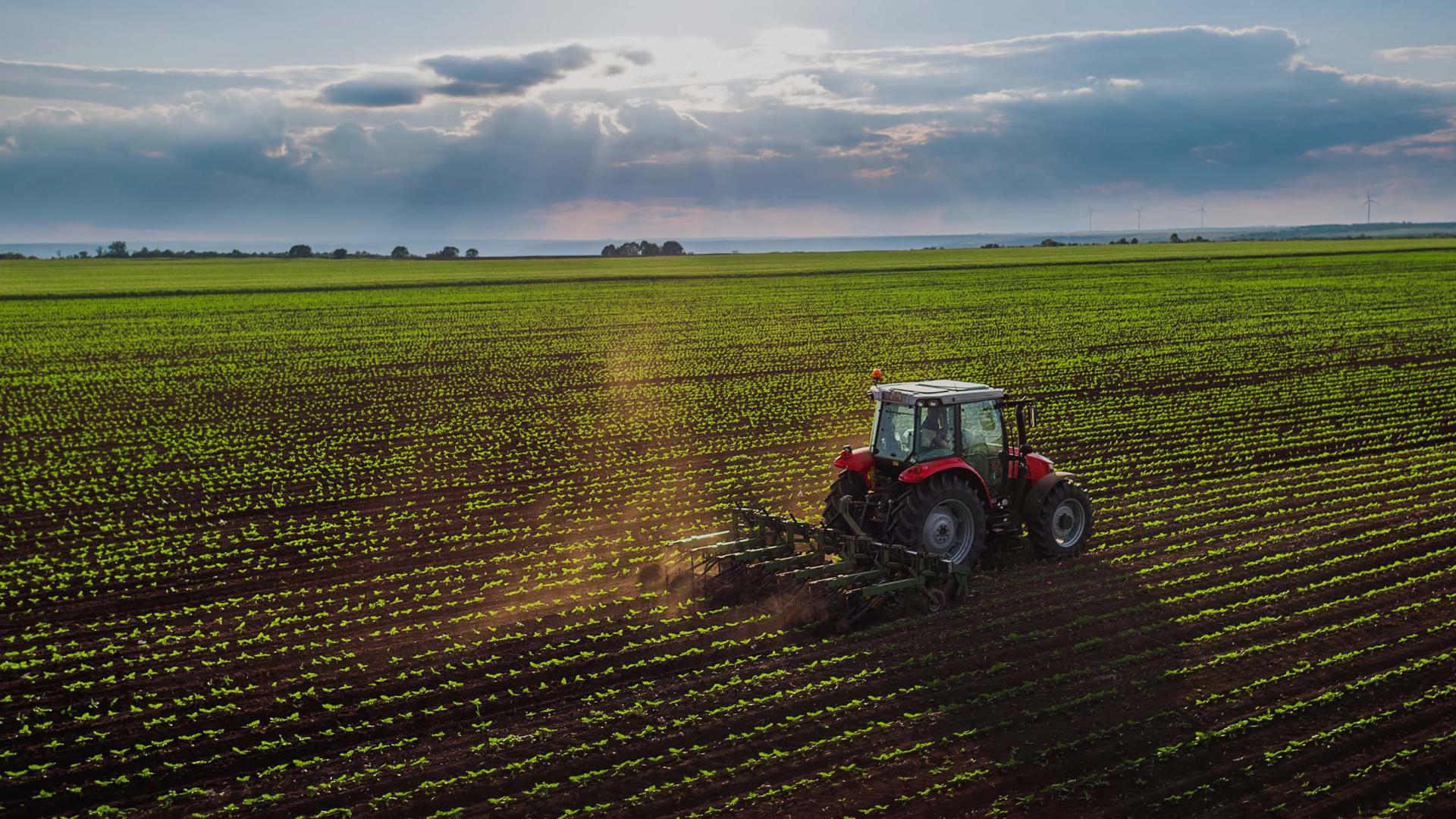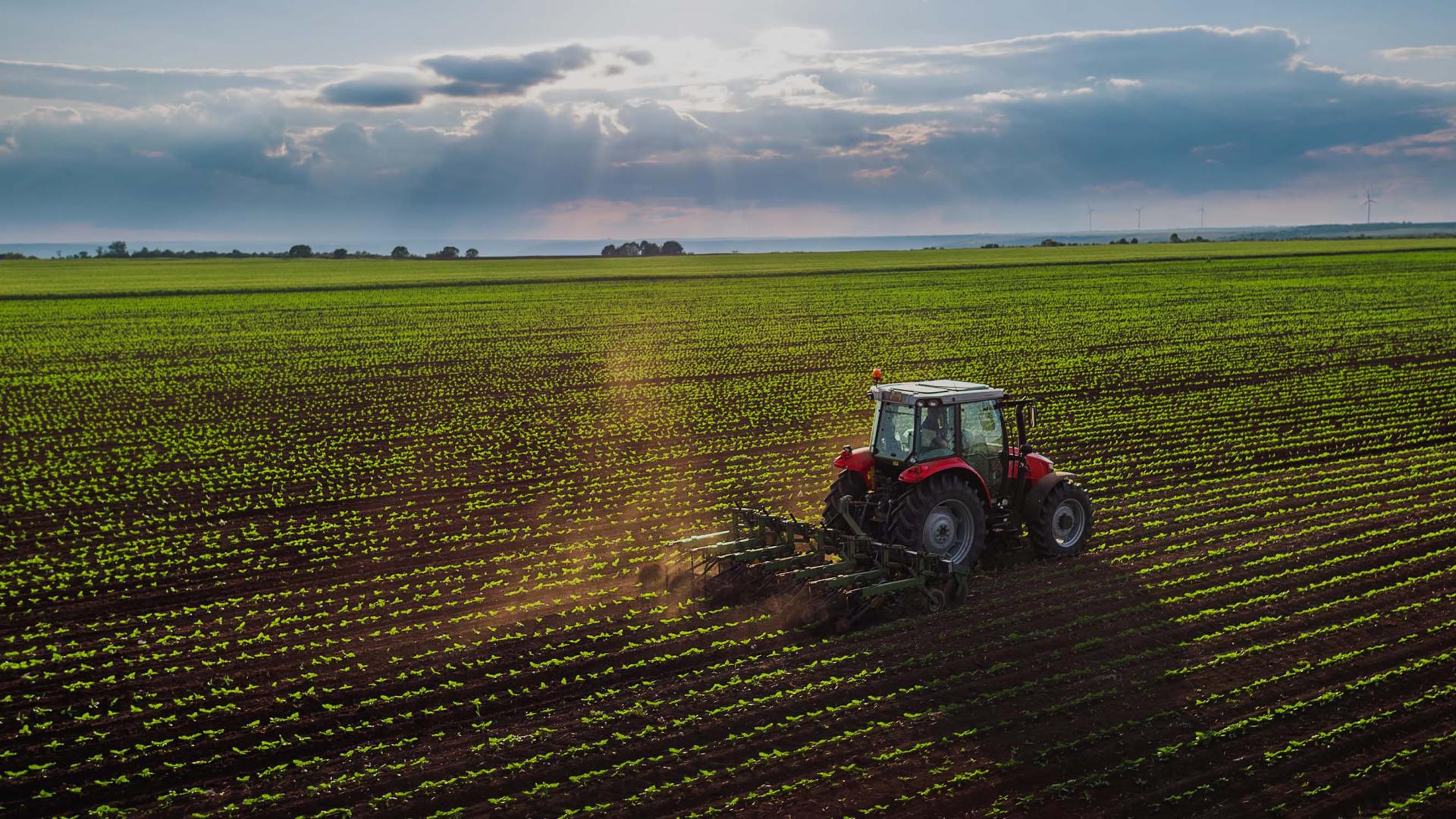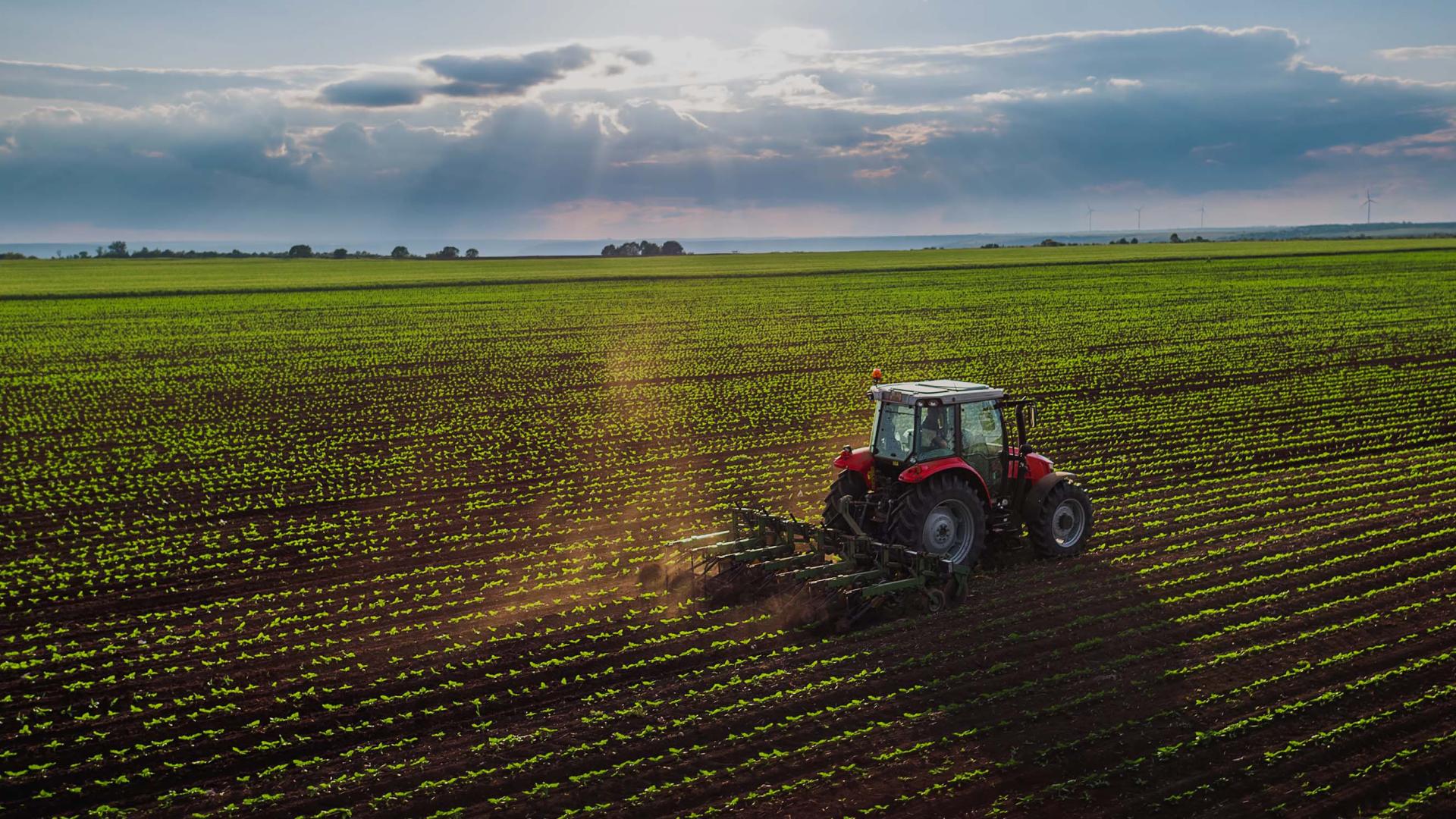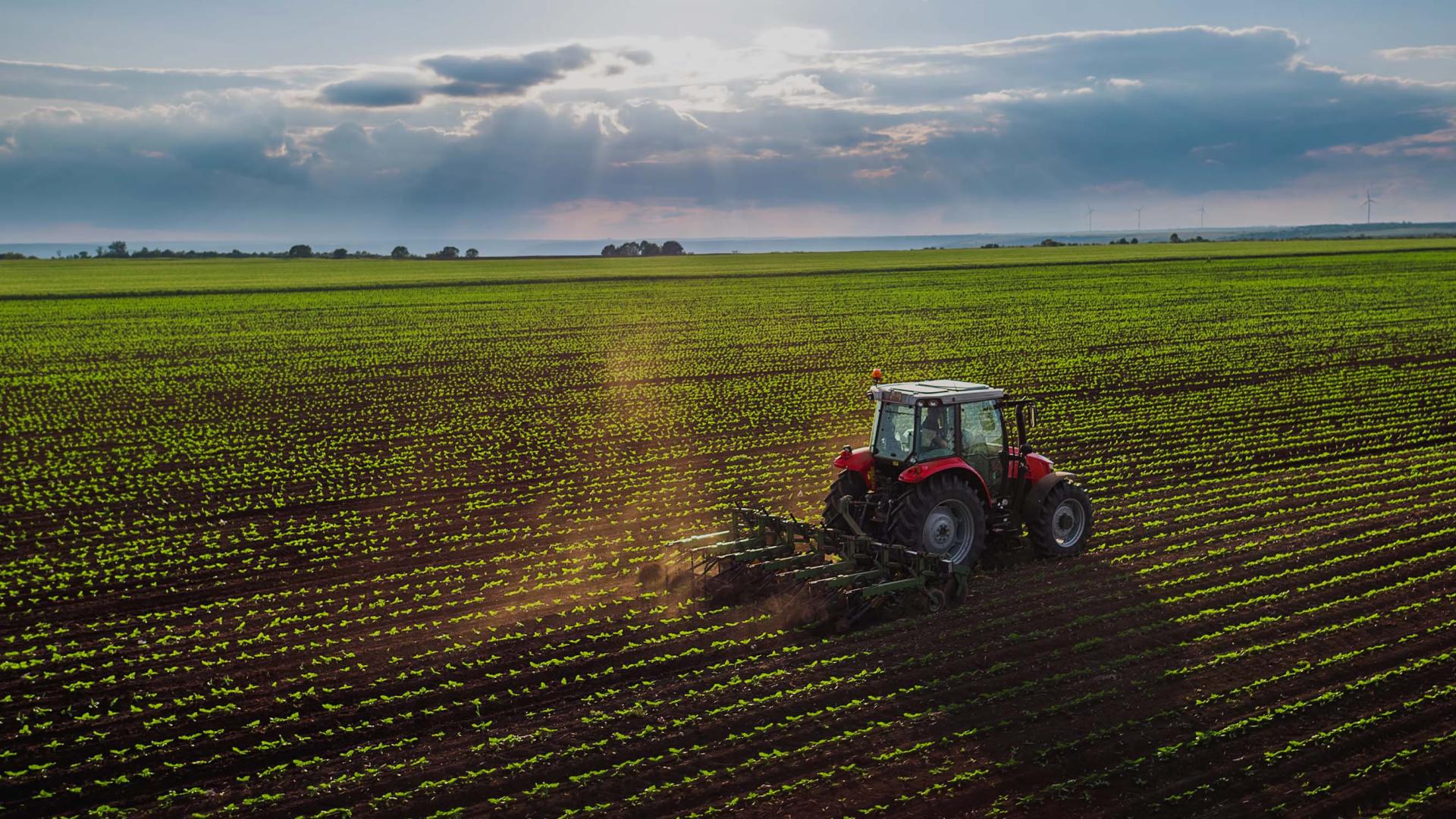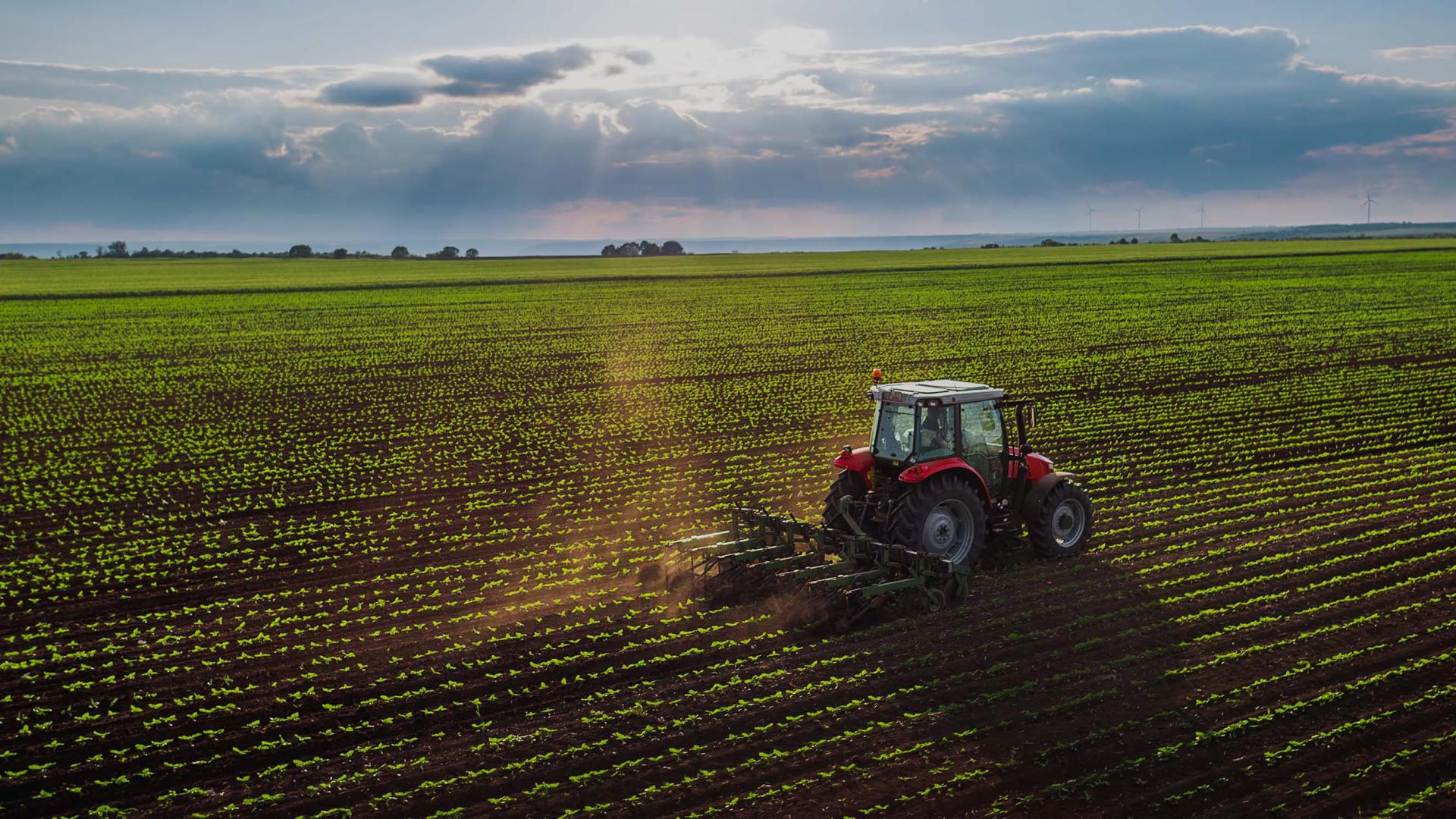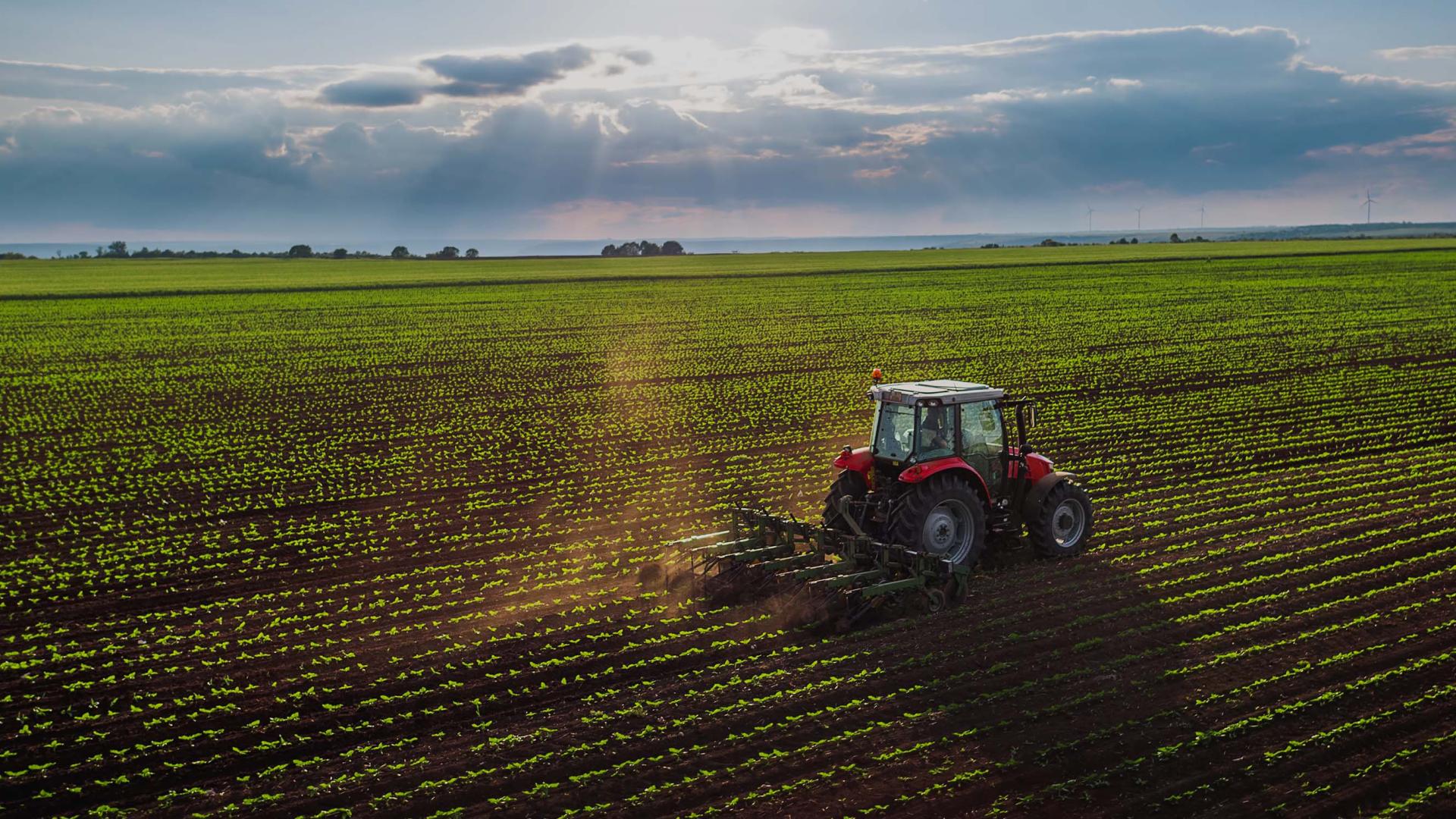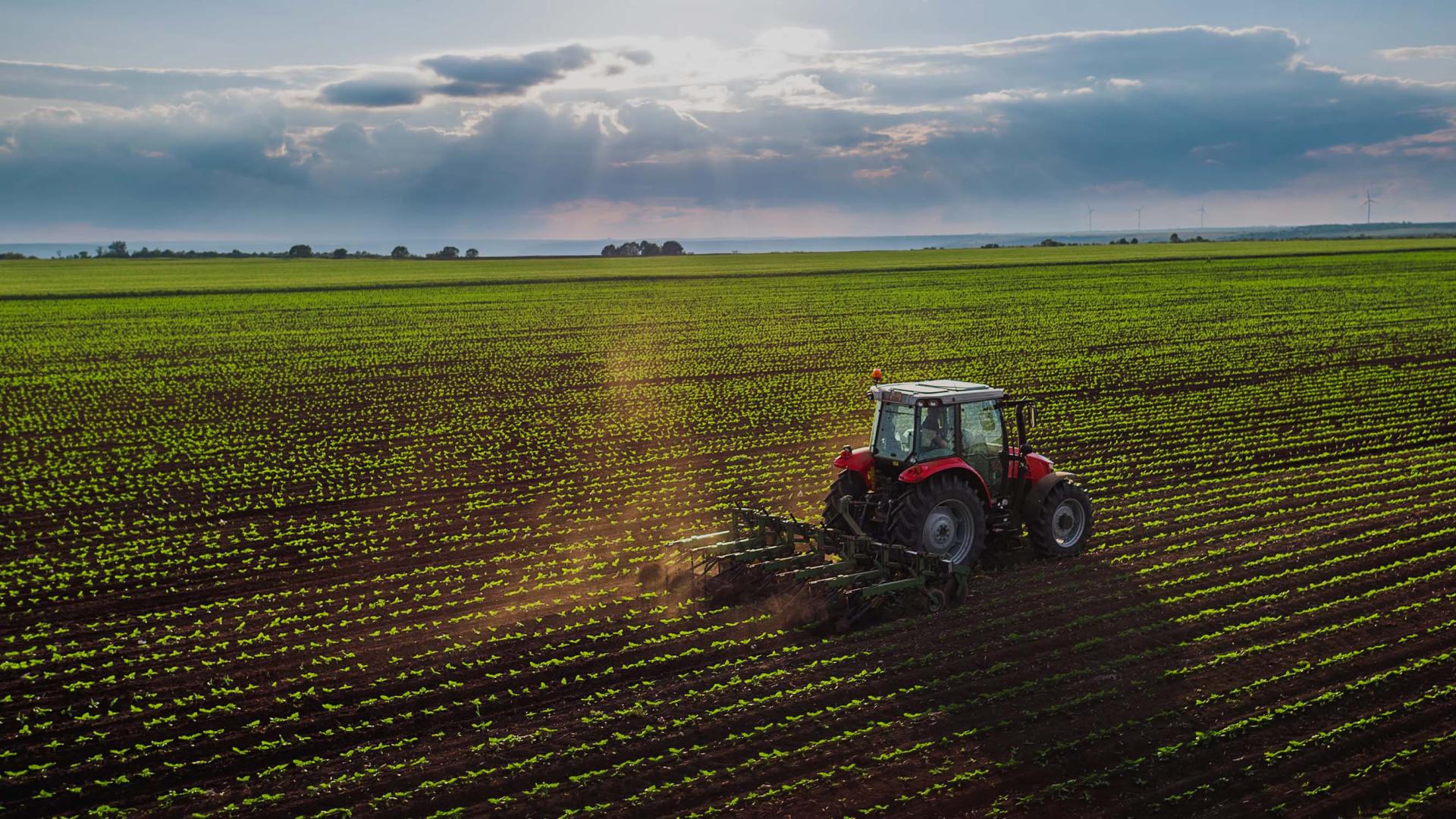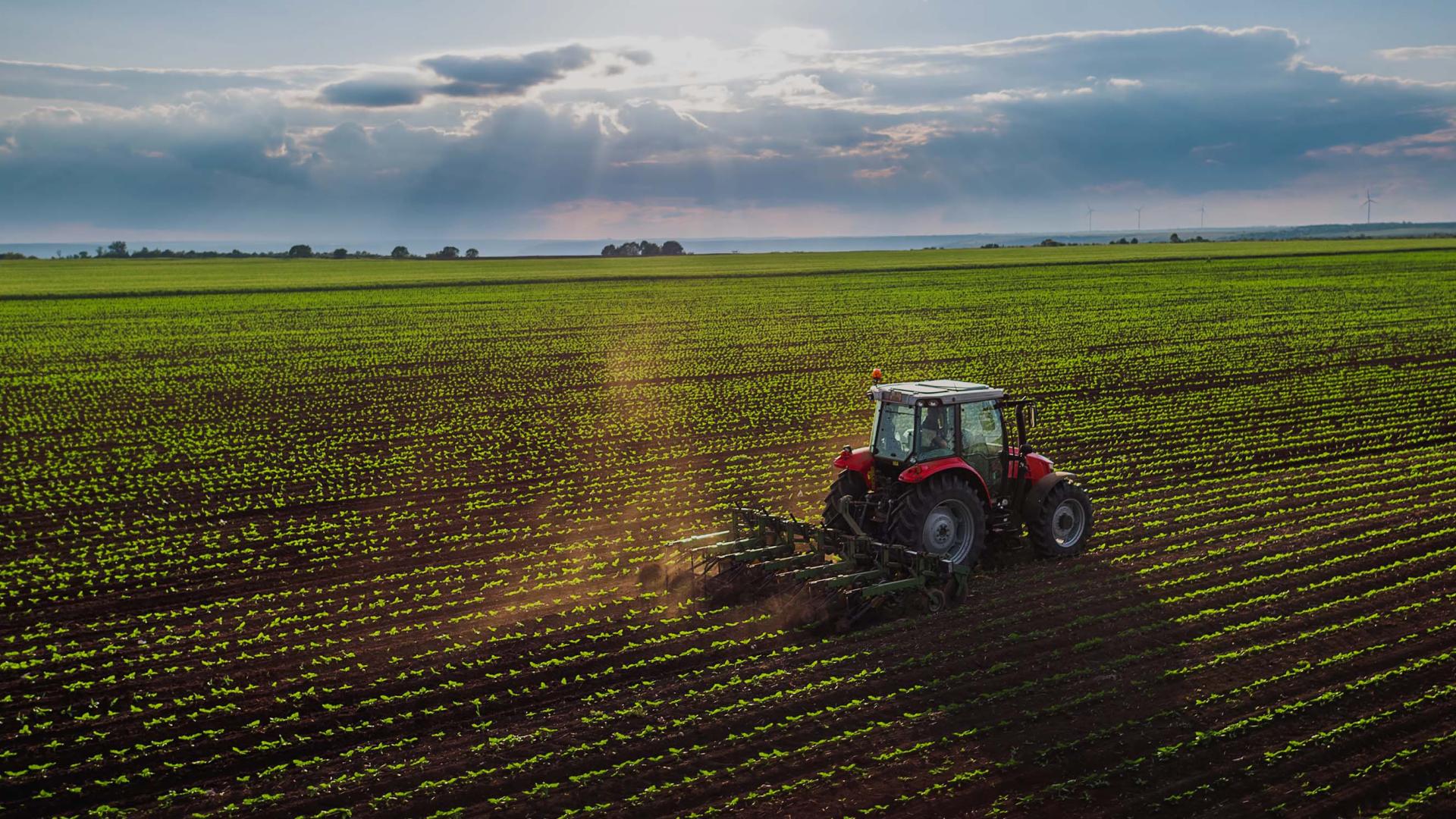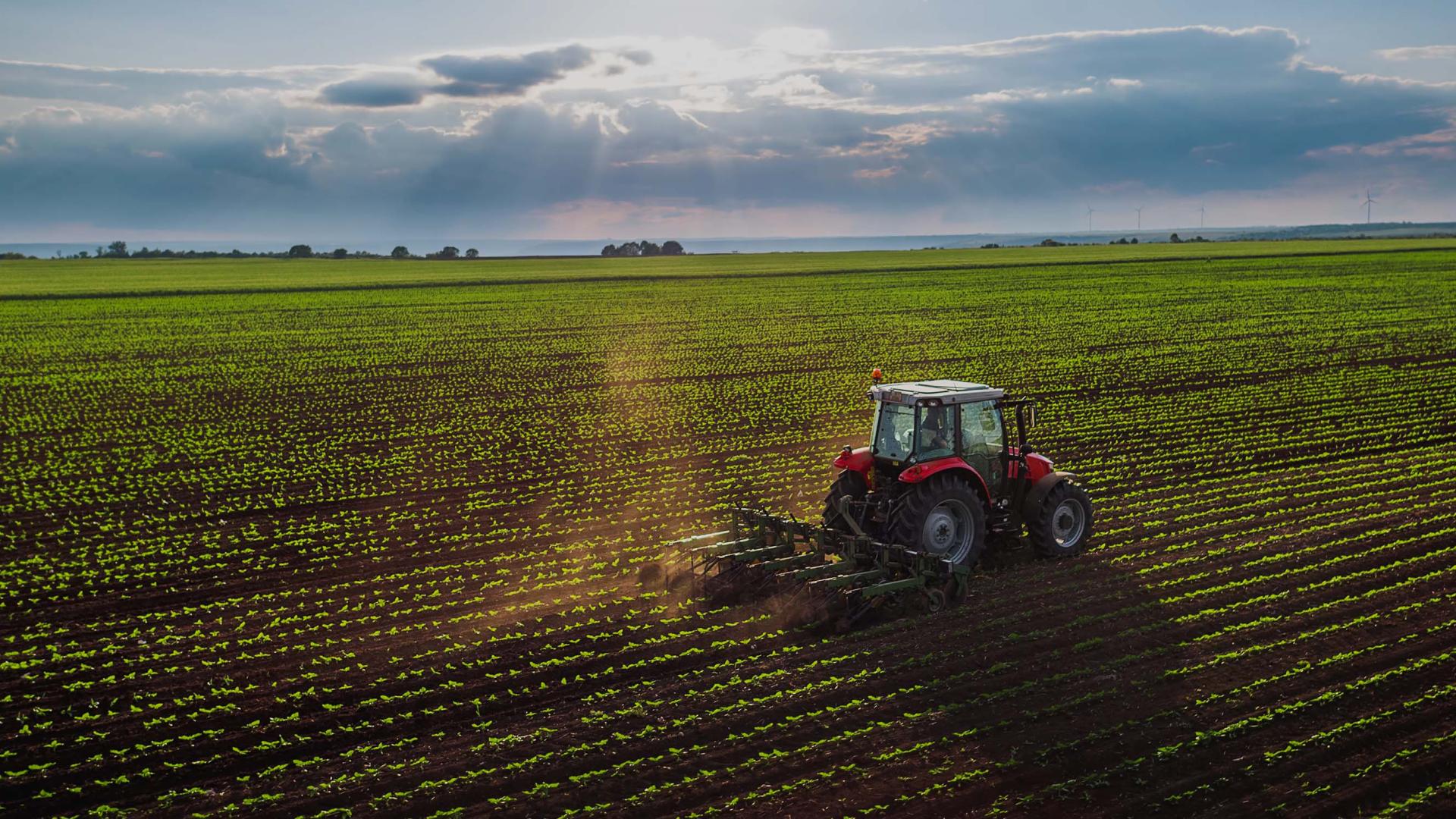Farm shops represent a unique blend of agricultural production and retail commerce, creating distinctive insurance needs that standard bus…
Mixed Farm Insurance: Comprehensive Coverage for Diversified Agricultural Operations
Mixed farming operations face unique challenges that require specialized insurance coverage. Unlike single-focus farms that concentrate on either crops or livestock, mixed farms must protect multiple revenue streams, diverse equipment, and varied operational risks. Understanding the complexities of mixed farm insurance is essential for protecting your agricultural investment and ensuring business continuity.
What is Mixed Farm Insurance?
Mixed farm insurance is a comprehensive coverage solution designed specifically for agricultural operations that combine multiple farming activities. These farms typically integrate crop production with livestock rearing, and may include additional enterprises such as farm shops, agritourism, or equipment hire services. The insurance recognizes that mixed farms face compounded risks from weather, disease, market fluctuations, and operational hazards across multiple agricultural sectors.
Types of Mixed Farm Operations
Mixed farms vary significantly in their composition and scale. Arable and livestock combinations are most common, featuring grain production alongside cattle, sheep, or pig farming. Dairy and crop farms integrate milk production with feed crop cultivation, creating synergies but also multiplying risk exposures. Market garden and livestock operations combine intensive vegetable production with smaller livestock enterprises. Some mixed farms incorporate value-added activities like on-farm processing, direct sales, or agritourism ventures.
Core Coverage Components
Property insurance forms the foundation of mixed farm protection, covering farm buildings, dwellings, and fixed equipment against fire, storm, theft, and other perils. Livestock coverage protects against death, disease outbreaks, and emergency slaughter requirements. Crop insurance addresses weather damage, pest infestations, and yield losses across multiple crop types. Equipment coverage protects the diverse machinery required for different farming activities, from tractors and combines to milking equipment and livestock handling facilities.
Business interruption insurance proves particularly crucial for mixed farms, as disruption to one enterprise can affect the entire operation. Public liability coverage protects against third-party claims arising from farming activities, while employers liability insurance covers farm workers across all enterprises. Product liability insurance becomes essential when farms sell direct to consumers or supply food chains.
Unique Risks of Mixed Farming
Mixed farms face amplified weather risks, as different enterprises may be vulnerable to the same weather event in different ways. Disease transmission between livestock species or from animals to crops creates complex biosecurity challenges. Market volatility affects multiple income streams simultaneously, potentially compounding financial losses. Operational complexity increases the likelihood of accidents and equipment failures.
Cross-contamination risks emerge when different farming activities share facilities or equipment. Regulatory compliance becomes more challenging as mixed farms must meet standards across multiple agricultural sectors. Labor management grows complex when workers move between different farming activities requiring varied skills and safety protocols.
Livestock Coverage Considerations
Livestock insurance on mixed farms must account for different species with varying values and risk profiles. Cattle coverage addresses breeding stock, dairy herds, and finishing cattle, each with distinct valuation methods and risk exposures. Sheep and pig coverage considers flock or herd dynamics, disease susceptibility, and market volatility. Poultry coverage addresses both commercial flocks and smaller free-range operations.
Disease outbreak coverage becomes particularly important on mixed farms where multiple species may be affected by different diseases or where cross-species transmission risks exist. Emergency slaughter coverage protects against government-ordered culling during disease outbreaks. Transit coverage protects livestock during movement between farm locations or to markets.
Crop Insurance for Mixed Operations
Crop insurance on mixed farms must cover diverse crop types with different growing seasons, risk profiles, and market values. Arable crop coverage addresses cereals, oilseeds, and root crops, each with specific weather vulnerabilities and pest risks. Forage crop coverage protects grass, silage, and hay production essential for livestock feeding. Specialty crop coverage addresses higher-value crops like vegetables, fruits, or herbs that may command premium prices but carry higher risks.
Multi-peril crop insurance provides comprehensive protection against weather, pests, and disease across all crop enterprises. Yield-based coverage compensates for production losses, while revenue-based coverage protects against both yield losses and price declines. Some policies offer whole-farm revenue protection that considers the interaction between crop and livestock enterprises.
Equipment and Machinery Coverage
Mixed farms require diverse equipment that must be protected against damage, theft, and breakdown. Tractors and cultivation equipment serve multiple enterprises but face varied usage patterns and risk exposures. Harvesting equipment from combines to balers represents significant investments requiring comprehensive coverage. Livestock handling equipment including milking systems, feeding equipment, and housing infrastructure needs specialized protection.
Mobile equipment coverage protects machinery that moves between different farm areas or enterprises. Breakdown coverage ensures rapid repair or replacement of critical equipment during peak operational periods. Theft coverage addresses the high value and portability of modern farm equipment. Some policies offer new-for-old replacement to ensure farms maintain operational efficiency with current technology.
Business Interruption Protection
Business interruption insurance proves particularly valuable for mixed farms where disruption to one enterprise can affect the entire operation. Disease outbreaks may require quarantine measures that halt all farm activities. Weather events may damage facilities used by multiple enterprises. Equipment failures may disrupt both crop and livestock operations.
Coverage should address loss of income from all farm enterprises, additional costs of maintaining operations during disruption, and the time needed to restore full operational capacity. Some policies recognize the seasonal nature of farming and adjust coverage limits accordingly. Extra expense coverage helps maintain critical operations like livestock feeding during facility repairs.
Liability Coverage Requirements
Public liability coverage on mixed farms must address risks from all farming activities. Livestock-related claims may arise from animal escapes, attacks, or disease transmission. Crop production activities may create spray drift claims or soil erosion issues. Farm shop operations introduce retail liability exposures. Agritourism activities create additional public access risks.
Product liability coverage becomes essential when farms sell products directly to consumers or through supply chains. Food safety claims, contamination issues, and labeling errors can result in significant liability exposures. Professional indemnity coverage may be needed for farms providing agricultural services or advice to other operations.
Environmental and Pollution Coverage
Mixed farms face complex environmental risks that require specialized coverage. Livestock operations may create water pollution from manure runoff or ammonia emissions. Crop production may involve pesticide or fertilizer applications that could cause environmental damage. Fuel and chemical storage across multiple enterprises multiplies pollution risks.
Environmental liability coverage protects against cleanup costs and third-party claims arising from pollution incidents. Some policies include coverage for regulatory fines and penalties. Gradual pollution coverage addresses long-term environmental impacts that may not be immediately apparent.
Factors Affecting Premium Costs
Premium costs for mixed farm insurance depend on numerous factors including farm size, enterprise mix, location, and risk management practices. Larger operations generally benefit from economies of scale but may face higher absolute premiums. Geographic location affects weather risks, disease prevalence, and theft rates. Farm management experience and safety records influence premium calculations.
Risk management practices significantly impact costs. Farms with robust biosecurity measures, proper equipment maintenance, and comprehensive safety programs typically receive premium discounts. Diversification may reduce some risks but can increase complexity and administrative costs. Claims history across all enterprises affects future premium calculations.
Choosing the Right Insurer
Selecting an insurer for mixed farm operations requires careful consideration of agricultural expertise and coverage flexibility. Insurers with strong agricultural backgrounds better understand the complexities of mixed farming and can provide more appropriate coverage solutions. Policy flexibility allows coverage to be tailored to specific enterprise combinations and seasonal variations.
Claims handling capability becomes crucial when dealing with complex mixed farm claims that may involve multiple coverage types. Local knowledge helps insurers understand regional risks and farming practices. Some insurers offer risk management services that help farms reduce exposures and improve operations.
Risk Management Strategies
Effective risk management reduces insurance costs and improves operational resilience. Diversification itself provides some risk reduction by spreading exposures across multiple enterprises. Biosecurity measures protect livestock health and prevent disease transmission between species. Proper equipment maintenance reduces breakdown risks and extends machinery life.
Weather monitoring and early warning systems help farms prepare for adverse conditions. Record keeping supports insurance claims and demonstrates good management practices. Staff training ensures proper handling of livestock, equipment, and chemicals across all enterprises. Regular policy reviews ensure coverage keeps pace with operational changes.
Seasonal Considerations
Mixed farm insurance must account for seasonal variations in risk exposure and coverage needs. Spring planting periods create concentrated equipment usage and weather vulnerability. Summer growing seasons bring pest and disease pressures alongside fire risks. Harvest periods involve intensive equipment use and product liability exposures. Winter months may reduce some risks but increase others like building damage from snow loads.
Seasonal workers create temporary increases in employers liability exposures. Livestock breeding seasons concentrate animal values and disease risks. Market timing affects the value of crops and livestock requiring coverage adjustments. Some insurers offer seasonal premium payment plans that align with farm cash flows.
Technology and Modern Farming
Modern mixed farms increasingly rely on technology that requires specialized insurance consideration. Precision agriculture equipment involves sophisticated GPS and computer systems requiring specific coverage. Automated feeding and milking systems represent significant investments needing breakdown protection. Environmental monitoring systems help manage risks but require their own protection.
Data and cyber risks emerge as farms become more connected and reliant on digital systems. Equipment financing arrangements may require specific insurance provisions. Technology upgrades can improve risk management but require coverage updates to reflect new values and capabilities.
Regulatory Compliance
Mixed farms must comply with regulations across multiple agricultural sectors, creating complex insurance implications. Animal welfare standards affect livestock housing and handling requirements. Environmental regulations govern waste management and chemical applications. Food safety standards apply to crop production and any direct sales activities.
Organic certification requirements create additional compliance obligations and potential liability exposures. Planning permissions for farm buildings and activities may include specific insurance requirements. Health and safety regulations apply across all farm enterprises with varying requirements for different activities.
Financial Planning Integration
Mixed farm insurance should integrate with broader financial planning strategies. Coverage levels should align with business values and debt obligations. Deductible selections should consider cash flow capabilities and risk tolerance. Premium costs should be factored into annual budgets and cash flow projections.
Tax implications of insurance premiums and claims should be considered in financial planning. Business succession planning may require specific insurance arrangements to protect family farm transfers. Investment in risk reduction measures should be evaluated against potential premium savings.
Claims Management
Effective claims management on mixed farms requires understanding of agricultural operations and timing sensitivities. Prompt reporting ensures rapid response during critical periods like harvest or breeding seasons. Proper documentation supports claim settlements and reduces disputes. Emergency response procedures minimize losses and maintain essential operations.
Professional loss adjusters with agricultural expertise can better evaluate complex mixed farm claims. Temporary repairs and alternative arrangements may be necessary to maintain livestock welfare and crop protection. Settlement negotiations should consider the interconnected nature of mixed farm enterprises.
Future Considerations
Mixed farm insurance continues to evolve with changing agricultural practices and risk environment. Climate change affects weather patterns and disease prevalence requiring coverage adaptations. Market volatility and supply chain disruptions create new business interruption risks. Technological advances introduce both opportunities and new risk exposures.
Sustainability requirements increasingly influence farm operations and insurance considerations. Consumer demands for traceability and environmental responsibility create new liability exposures. Government policy changes affect agricultural support systems and risk management approaches.
Conclusion
Mixed farm insurance provides essential protection for complex agricultural operations that face multiplied risks across diverse enterprises. Comprehensive coverage addressing property, livestock, crops, equipment, and liability exposures ensures business continuity and financial protection. Working with experienced agricultural insurers and maintaining robust risk management practices optimizes coverage effectiveness while controlling costs.
The interconnected nature of mixed farming operations requires insurance solutions that recognize enterprise relationships and seasonal variations. Regular policy reviews ensure coverage keeps pace with operational changes and evolving risk exposures. Proper insurance protection allows mixed farms to pursue diversification strategies with confidence, knowing their investments and livelihoods are protected against the inherent uncertainties of agricultural operations.


 0330 127 2333
0330 127 2333

